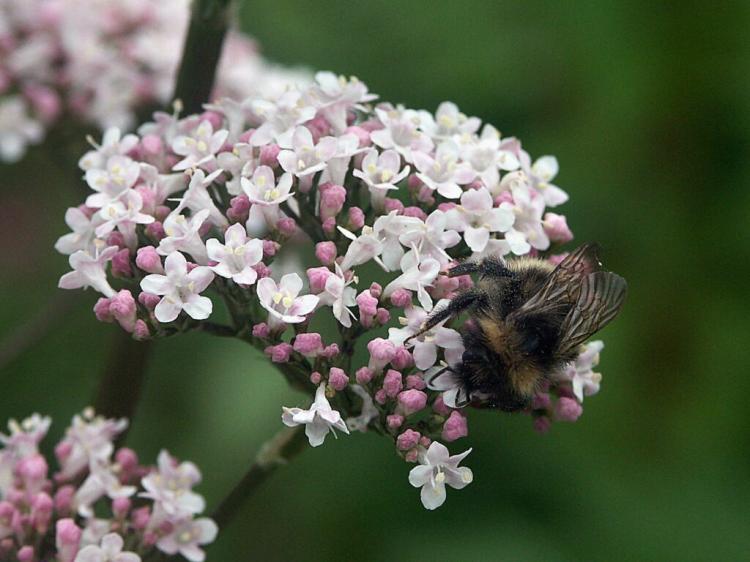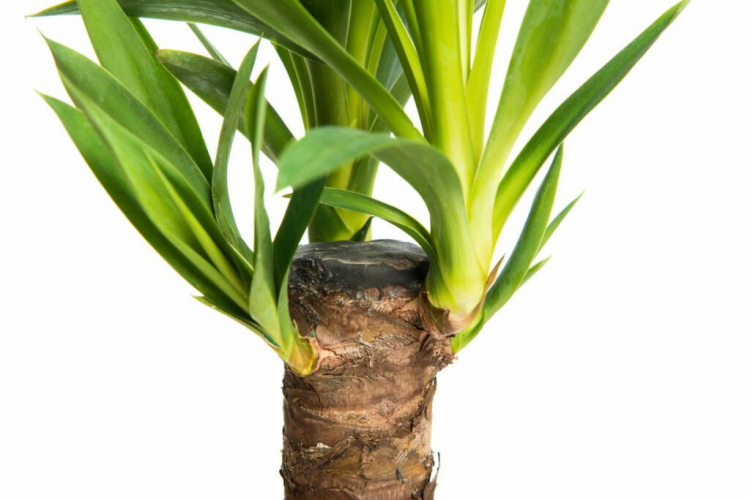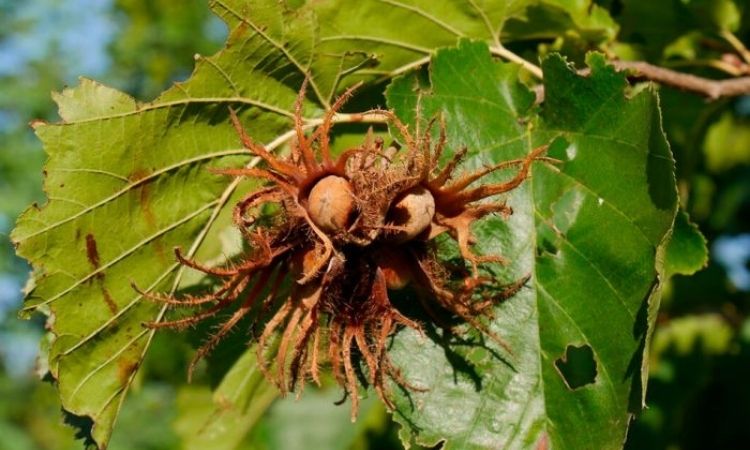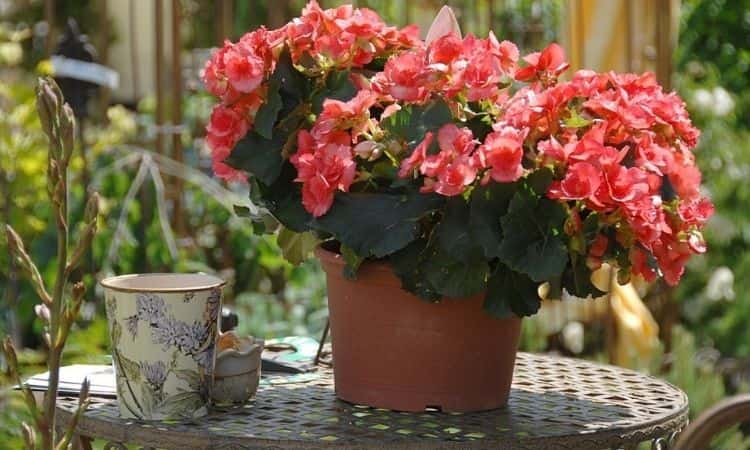Medicinal Valerian: The Calming Herb In Your Garden
Medicinal valerian is one of the best plants that are effective for restlessness and sleep disorders. We show how it grows splendidly in every garden!
The real medicinal valerian ( Valeriana officinalis ) belongs to the honeysuckle family ( Capricoliaceae ). The lamb’s lettuce ( Valerianella ) is a famous member of the same plant family and is therefore closely related to the valerian. With a height of one to two meters, the hardy herb towers over many other colleagues in the local herb garden. Valerian is native to Europe and Western Asia. The above-ground parts of the plant die off in winter and the robust perennial overwinters in the form of rhizomes in the ground. Rhizomes are subterranean shoot axes that are mainly used for spreading but also for wintering.
Because of its idiosyncratic smell, there are some myths about valerian. A valerian bouquet, like a mistletoe, is supposed to keep the evil spirits away. However, if you place it in the beehive, it should prevent the loss of the bee colony and attract even more. In the Middle Ages, if an executioner was too tender, he managed to chew the valerian rhizome: the herb was said to arouse anger so that the executioner no longer felt any pity for the guilty party.
The Pied Piper of Hamelin, on the other hand, carried valerian with him to lure the rats out of their holes with the unpleasant smell. A multitude of stories and myths have grown up around the herb. You certainly don’t want to try everything to find out which are true and which are not. It is true, however, that valerian helps with restlessness and sleep disorders. It can also be used in the kitchen despite its strong smell. We show you how you can grow this versatile herb in your own garden.
Growing valerian: this is how it grows successfully
Table of Contents
Location
A sunny location is ideal for the valerian, but it is also satisfied with partial shade. He feels comfortable on rather damp ground. However, this should not be wet or tend to waterlog; this is also not good for valerian. Due to this preference, the valerian can often be found in the wild at the edges of the water. In the case of heavy subsoil (such as clay soils), it is advisable to loosen it up with sand. This favors the formation of the fine roots and the rhizome. After the valerian has been harvested, it is essential to change the location for the next year (of course only if another year of cultivation is desired). If valerian is grown again and again in the same place, this promotes infestation with typical diseases. Neither valerian nor the closely related lamb’s lettuce should be grown on the site for four to five years.
Especially because of the high water requirement and the formation of the rhizomes, the container should be large enough when growing valerian in a pot. If there is only a small root space available, on the one hand, a lot has to be poured, on the other hand, the coveted rhizomes of the valerian remain smaller, and not so much can be harvested.
Multiplication
The most common way to propagate valerian yourself is by sowing it. It is best to spread the seeds in March or early April. Direct sowing outdoors is too risky due to the threat of frost, so it is better to place it in the seedbox on the windowsill. Valerian is a light germ. If the sowing is covered with soil, this makes germination of the seeds, which is already very protracted, more difficult. Therefore, just press the seed a little and make sure that it remains evenly moistened. It takes four to six weeks, even if it is warm at home until the first seedlings appear.
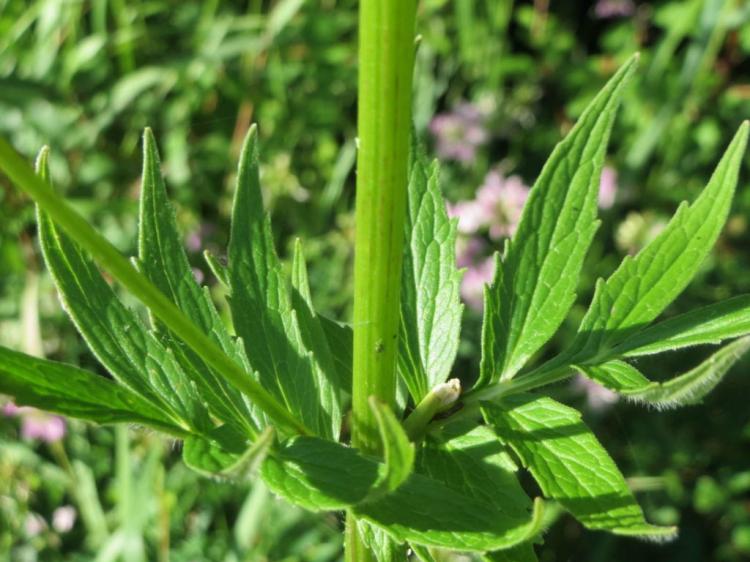
Due to its rhizome, the valerian multiplies by itself. Therefore, when planting in the bed, care should be taken to ensure that there is enough space between the individual plants. So they still have enough space to spread out and unfold.
You might so like: 11 Herbs That Strengthen The Immune System
Watering and fertilizing
Since the valerian also feels more comfortable in areas with a little more water, it must also be regularly and consistently supplied with water. Drought is not good for a medicinal herb. Drought lasting several days can even affect him so much that he does not survive the dry spell. The root system also does not extend particularly deep into the ground for water reserves lying deep in the ground to be reached.
If the valerian is planted in humus-rich soil, no further fertilization is required. However, when cultivating in a pot, it can be advantageous to add fertilizer from time to time. A primarily organic long-term fertilizer works for three months and also stimulates the life of the soil.
maintenance
The valerian itself does not require any special care measures. No protective measures against frost need to be taken in winter. The above-ground parts of the plant die off in autumn. The rhizome in the ground, which survives the winter, bristles the frost with ease.
Occasionally, however, valerian can be affected by pests. It is best to simply brush off aphids. If the plants are too dense, it can also happen that a whitish fungal lawn forms on the upper side of the leaves. That is powdery mildew. In this case, the plants should be planted further apart and, if additional fertilization has been carried out, the application of additional nutrients should be discontinued.
Medicinal valerian: harvesting and storing
Of main interest is the root or the rhizome. This contains effective essential oils and other ingredients in high concentrations. To be able to bring in a rich harvest, it is advisable not to dig up the roots until the plant is two years old. Then it is slowly dried, whereby the characteristic smell develops. When dried, the rhizome can be stored for several months.
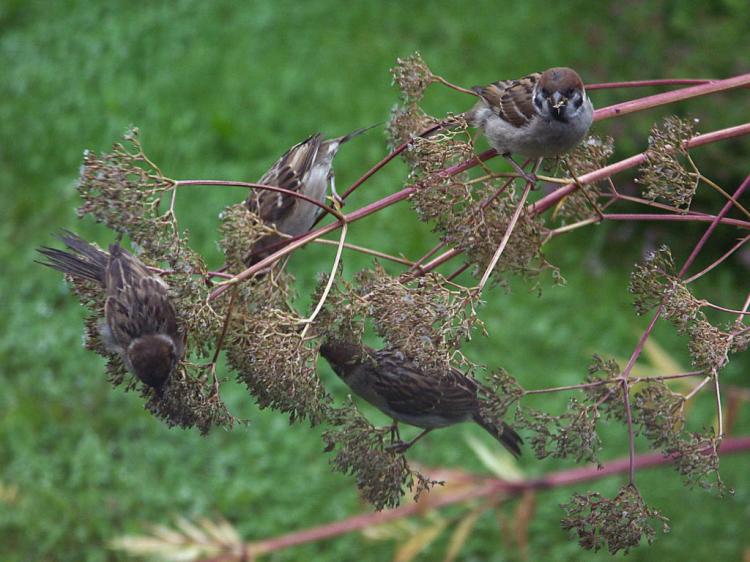
The ripe seeds can not only be sown in the next year, but used in a similar way to the root. After the inflorescences have matured and turned brown, they are cut off and dried again. Then the seeds can be easily removed.
Use of valerian: ingredients and effects
Valerian is rich in effective essential oils, especially in the underground rhizome, but also in the seeds. The alkaloids they contain produce a distinctive odor for cats and have a stimulating effect on them, similar to catnip. The dried rhizomes are among the most commonly used herbal active ingredients as a sedative for restlessness or sleep disorders. Dried, it can be administered in different ways: as a tea or tincture or in the form of tablets or capsules. Preparations with valerian should not be administered to children due to the unknown effect on the child’s organism.
But valerian finds its way into the kitchen more often than you think. In the food industry, valerian extract is used to create apple flavor in ice cream or pastries. The young budding herb in spring can be processed very well in a salad with its close relative – the lamb’s lettuce.
Valerian is a tried and tested medicinal plant that is still widely used medicinally today. Countless myths have grown up around the idiosyncratic smell, but thanks to its versatile uses and the ornamental flower, this herb has earned a place in the home garden.
